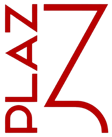Design
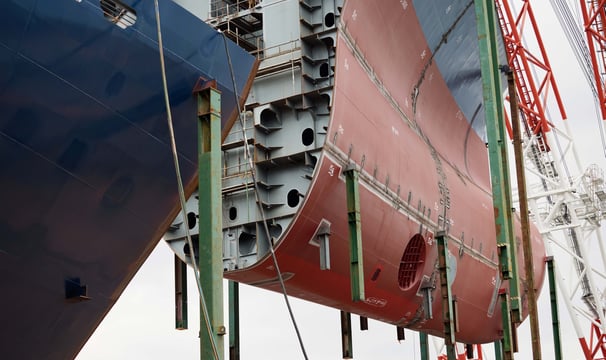

Shipbuilding
The main method of designing ships is the method of successive approximations. It consists of dividing the design process into separate stages or phases, within which a relatively small group of closely related issues is resolved. We offer a range of services from the stage of the draft design to the stage of working documentation, implementation of author's supervision, organization and support of acceptance tests, subsequent development of reporting and operational documentation.
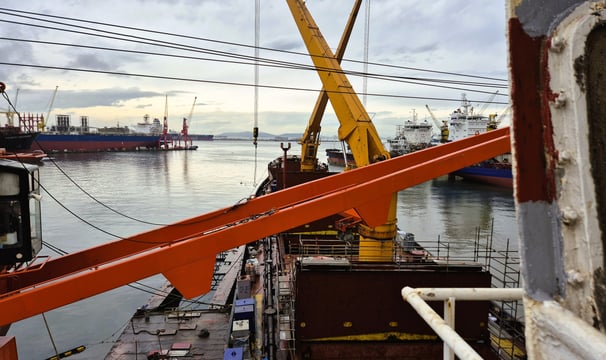

Re-equipment
Re-equipment a vessel to change its functional purpose, as well as retrofitting it with systems, mechanisms and devices, can be done in various ways and under various conditions. However, regardless of the specific conditions of the vessel's re-equipment, it must be carried out under the supervision of the Class and in accordance with the design documentation approved by the Class. The vessel re-equipment project can be developed either with a visit to the vessel or remotely. Pre-prepared design documentation allows solving logistical problems when ordering equipment, planning work and, as a result, reducing the vessel's downtime due to re-equipment.
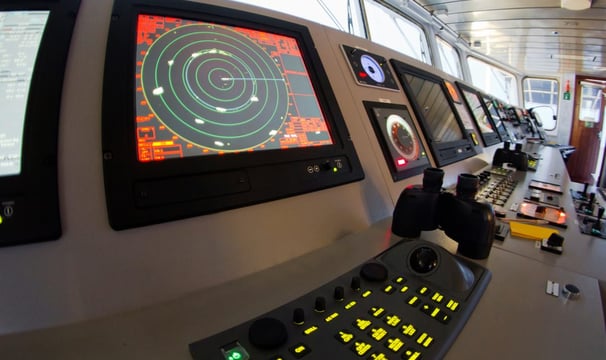

Navigation area
Such projects are essentially special cases of the concept of "reclassification project". However, it is in these projects that, as a rule, the greatest number of subtleties and nuances are encountered, and a thorough knowledge of the regulatory framework is required. This is especially important when substantiating the possibility of operating seagoing vessels on inland waterways, or vice versa - in the case of reclassifying a river vessel for operation in the coastal zone (river-sea navigation). Changing the navigation area of a seagoing vessel is also not the easiest task. Changes in estimated weather conditions, an increase in the permissible distance from the shore or place of refuge - all these are factors that must be considered when preparing such substantiations.
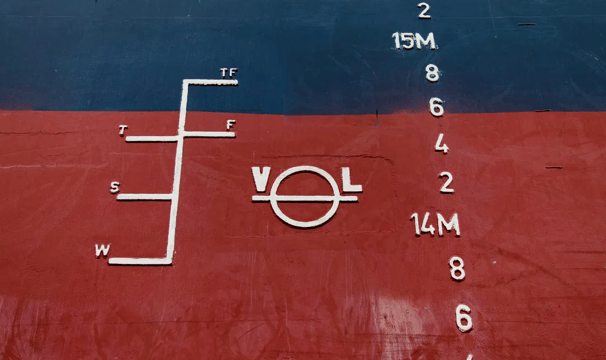

Deadweight increasing
Deadweight increasing without significant re-equipment, i.e. based on a calculated justification, requires a detailed analysis of a large number of factors related to the safety of the vessel under increased load.
Increasing the vessel's permissible draft is possible in one of the following ways:
assigning a minimum freeboard for a vessel built with excess freeboard;
assigning a reduced freeboard B-60 for a vessel with a minimum freeboard;
increasing draft by limiting the navigation area (for example, for vessels used as roadstead cargo terminals).
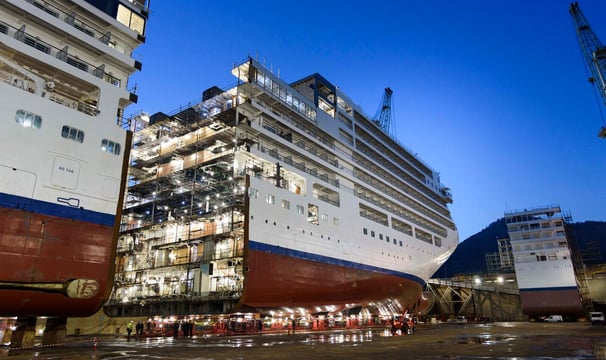

Increasing of capacity
Increasing capacity (i.e. the useful volume of cargo space) is possible in one of the following ways:
increasing the number of holds by lengthening the hull;
increasing the volume of holds by raising the deck or building up coamings;
dismantling part of the restrictive structures.
In any case, high-quality implementation of such a vessel modernization requires a high-quality and detailed project. Author's supervision of the project implementation may also be useful. Upon completion of the work, appropriate tests must be carried out, and the vessel must be provided with a set of updated reporting and operational documentation.
Technical documentation
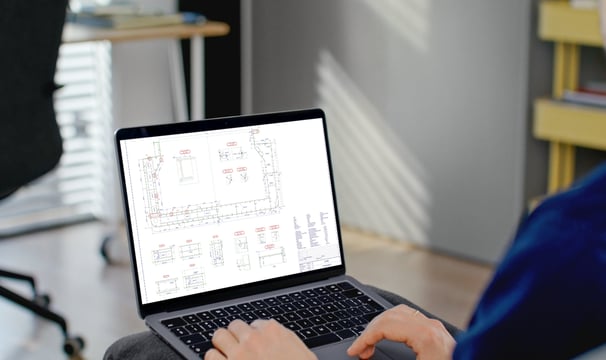

Elaboration
Development of ship booklets and operational plans in accordance with the latest requirements of the Conventions. Despite the fact that many shipping companies have ready-made solutions in this area, the task does not lose its relevance.
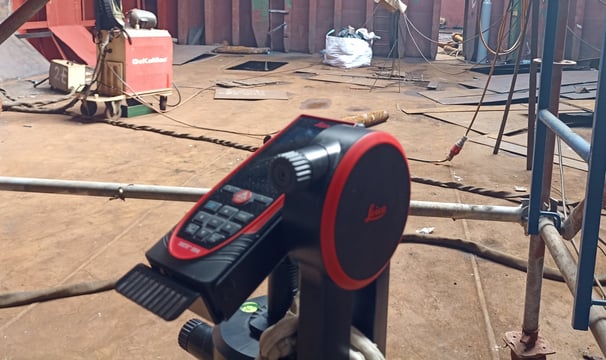

Restoration
Developing individual drawings or their sets to replace those lost based on actual measurements of structures is a nightmare for any ship owner. Our naval architect bureau has extensive experience in such work, including: measuring a vessel to restore a theoretical drawing, preparing a set of design drawings (main hull, hatch covers, etc.), creating new general arrangement drawings, arrangement of mechanisms, system and pipeline diagrams, electrical diagrams, drawings of individual products, units and mechanisms (for example, propellers). Measurements of complex three-dimensional surfaces are performed using specialized equipment that ensures high accuracy.
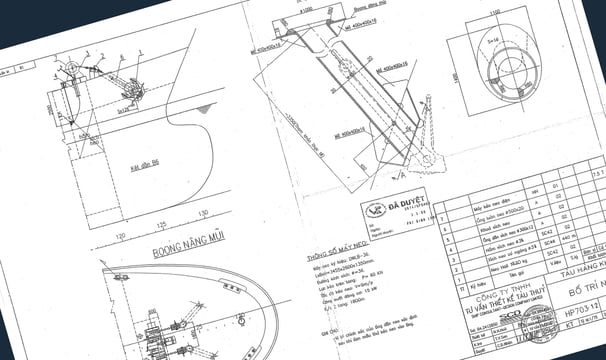

Translation
Translation services of operational documentation into the working language of the crew may be in demand, for example, during reclassification. Our naval architect bureau has experience in such work with the ability to create monolingual (English or Russian) and bilingual (English and Russian) documents. Unlike all sorts of translation agencies, our specialists are proficient in specific terminology and understand the meaning of the information provided in the document, which significantly improves the quality of the final result.
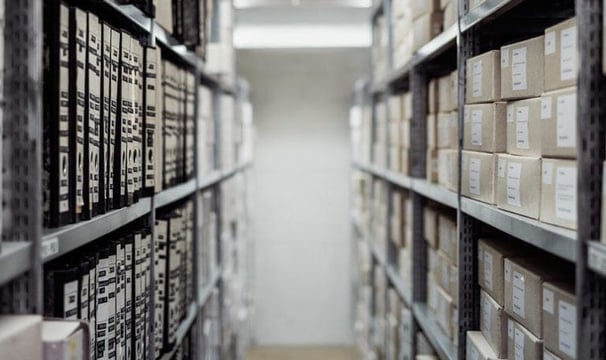

Archiving and storage
Often, the importance of proper storage of ship technical documentation becomes apparent in emergency situations. Finding the necessary drawings on board can be an impossible task even for an experienced crew. Drawings that existed on board in a single copy can be lost, for example, during repairs. The solution to this problem can be the creation of an organized electronic database.
Cargo transportation
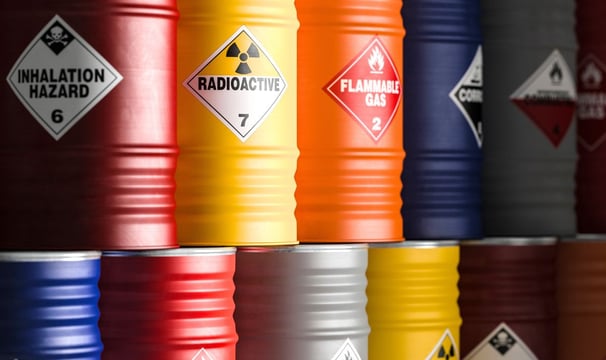

Dangerous goods in packaging and bulk
The carriage of siege cargo in package and bulk is a profitable niche in the field of cargo transportation. The implementation of technical justifications for compliance with the requirements of the IMDG Code and IMSB Code can solve the following tasks:
Issuance of a corresponding certificate to the vessel with the maximum possible list of permissible cargoes.
Analysis of the existing list of permissible cargoes with the purpose of expanding it to the maximum possible.
Determination of a set of measures for additional equipment of the vessel for the carriage of the required list of cargoes.
For vessels operating on inland waterways, such work can be performed in accordance with the requirements of ADN and national legislation.
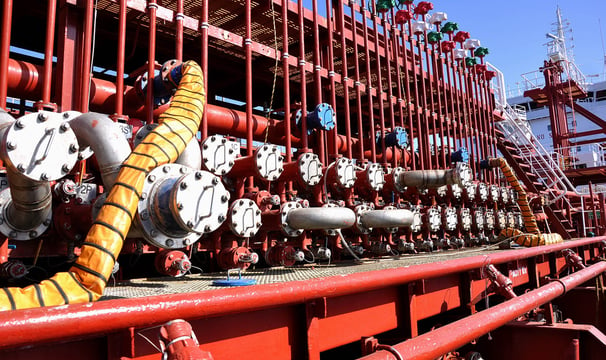

Liquid cargo
Completion of technical justifications for compliance with MARPOL and IBCode requirements may allow the following tasks to be expanded:
Remove flash point restrictions for oil tankers.
Expand the list of permissible cargoes for chemical tankers.
Determine a set of measures to retrofit the vessel for the carriage of the required list of cargoes.
For vessels operating on inland waterways, such work may be performed in accordance with ADN requirements and national legislation.
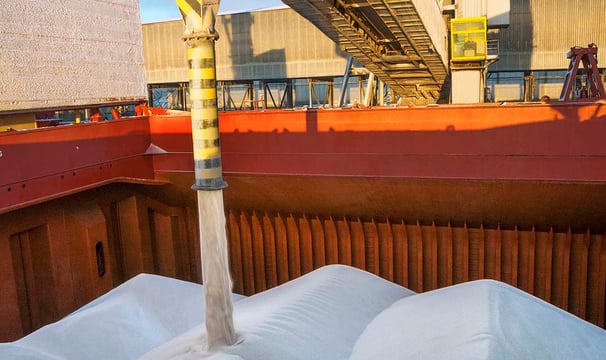

Bulk cargo
Preparation of a set of calculation and operational documentation for the safe transportation of grain and non-grain bulk cargo (including in accordance with the requirements of the BLU Code) will allow the transportation of such popular cargoes as grain, coal, ore, etc.


Containers
Preparation of a vessel for the carriage of containers, including: creation of appropriate loading plans, checking the strength of the decks, drawings for additional equipment of the vessel with securing devices, issuing a lashing manual, checking stability for appropriate loading cases.
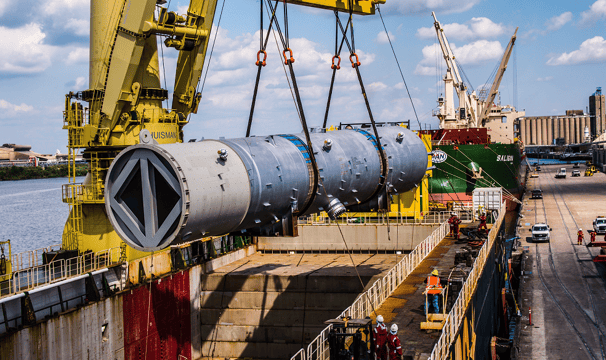

Project cargo
Heavy and oversized cargo are considered project cargo. Solving the problems of their transportation requires an individual approach.
A ship owner may also face the need to transport cargo that is non-standard for the existing vessel. This may be due to the lack of suitable fastening means, special requirements for the placement of cargo, etc.
Transportation of such cargo can be carried out according to a project developed individually for a given vessel, taking into account the features of its design. It is necessary to evaluate many factors affecting the safety of the vessel: stability, general and local strength, reliability of fastening means.
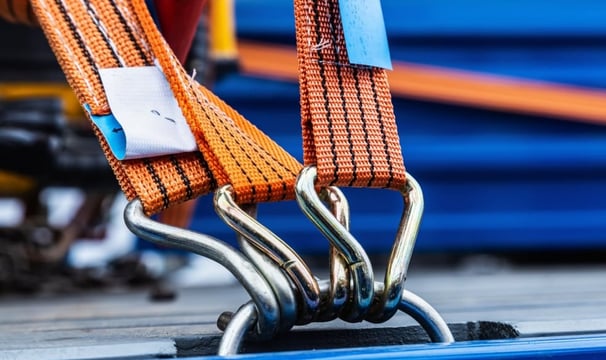

Cargo securing
Development of "Cargo securing manual" and supplements to them in accordance with the CSS Code. Implementation of cargo securing projects including calculation of securing means, preparation of plans for the location of fixed securing means and cargo placement plans.
Equipment and systems
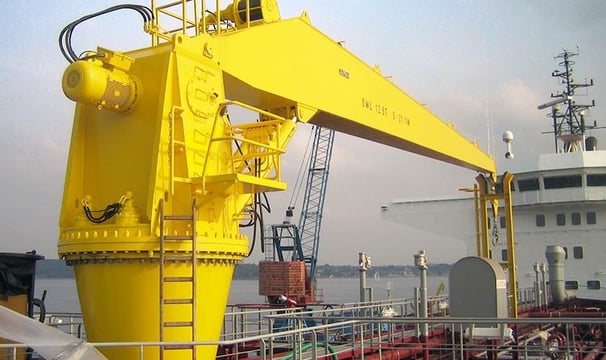

Equipment
Installation and connection of main and process equipment, such as:
Diesel generators, pumps, cleaning stations and separators.
Thrusters, stabilizers, etc.
Cargo and household cranes, winches, mooring and anchor equipment.
Such projects are carried out taking into account the Class requirements for equipment characteristics, as well as the manufacturer's requirements for installation.
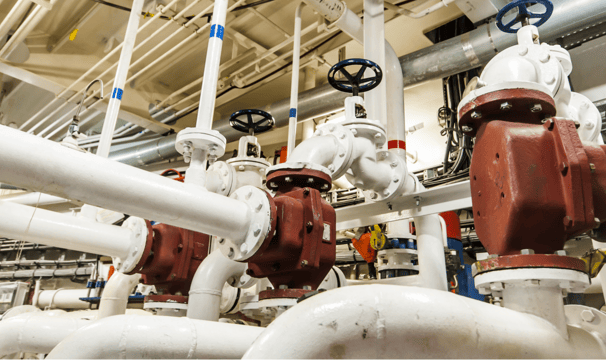

Systems and pipelines
Connection of replaced or newly installed equipment, optimization of system operation taking into account changes in the explication conditions, design of new systems - all this and much more can be implemented taking into account the customer's needs within the framework of the current requirements of the Conventions and the Class.
Installation plans and operational booklets for fuel sampling on board ships.
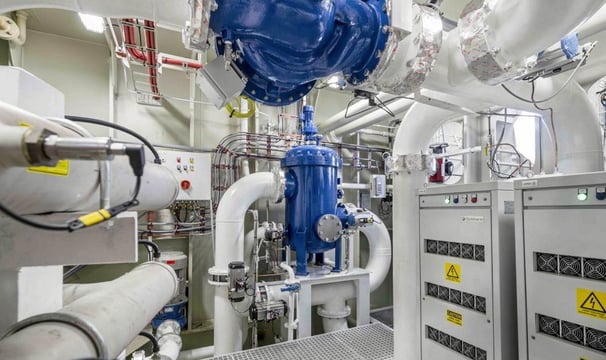

BWMS
Fitting the vessel for the purposes of compliance with the D-2 regulation of the BWM Convention. We have experience in installing Alfa Laval, BSKY, Ceyco systems on dry cargo and tanker vessels in engine rooms and in separate spaces in the cargo area. Projects are carried out on a turnkey basis, including all related reporting and operational documentation.
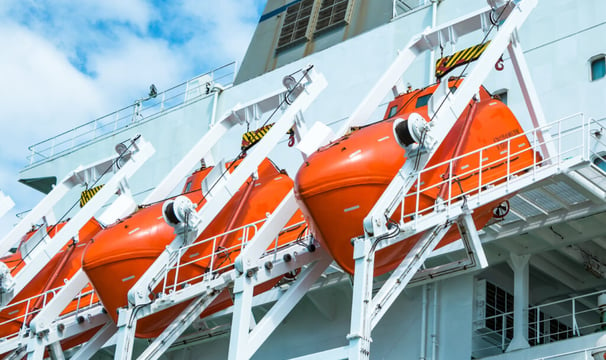

Life sawing equipment
The range of services in this area includes:
Projects for installation of life-saving equipment and appliances.
Plans for the location of life-saving appliances.
Analysis of compliance with applicable requirements.
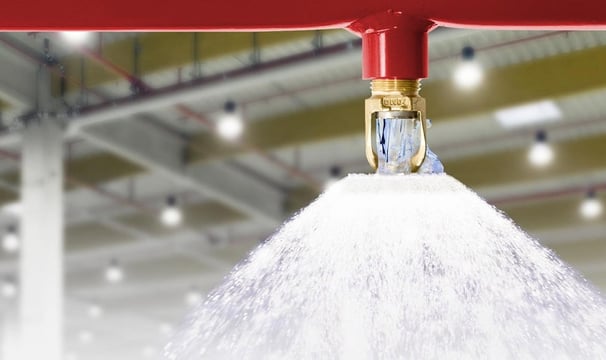

Fire safety
Design of fire extinguishing systems including:
Fire extinguishing with gas (carbon dioxide, inert gas, etc.).
Foam extinguishing.
Water extinguishing, water spraying, sprinkler, etc.
Design of fire alarm systems, gas analysis, smoke monitoring, etc. for cargo, living and engine rooms of any type of vessel.
Drawing up fire protection plans, bringing existing plans into line with the actual location of equipment and supplies.
Specific tasks
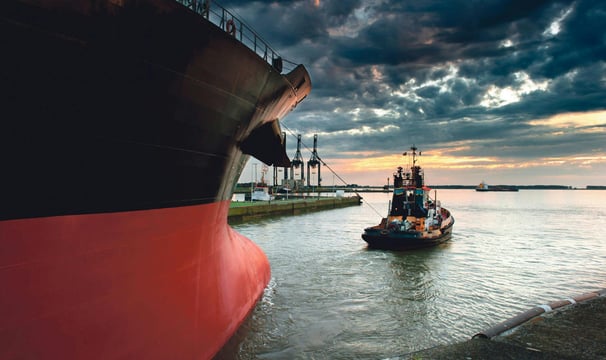

Towing of vessels and convoys
Design of towing lines, projects for one-off passages (towings) of vessels, projects for the installation of towing equipment and testing programs, calculations of towed and pushed trains - all this and much more can be developed in the shortest possible time and taking into account many years of experience.
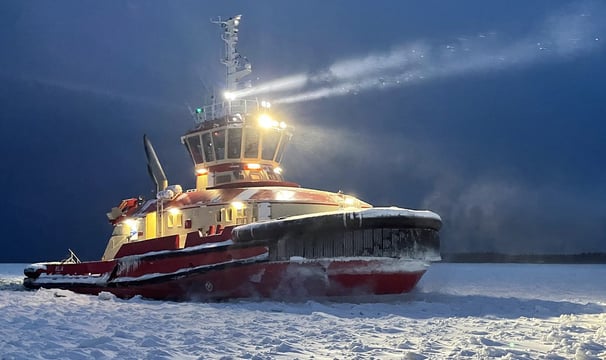

Ice class vessels
The presence of seasonal restrictions in places of permanent or periodic deployment of a vessel is an obstacle to work for many ship owners. In such cases, assigning an ice category to a vessel may become critically important.
Assigning an ice category to a vessel is possible only if there is a design justification for the compliance of its technical characteristics with the Class requirements. Such justification can be performed both for vessels that previously had an ice category and for vessels without it. If necessary, the justification for the ice category may include design documentation for strengthening hull structures, modifying the cooling system, and checking stability in icing conditions.
The development of a justification for assigning an ice category may be carried out as part of the documentation for the reclassification of a vessel.
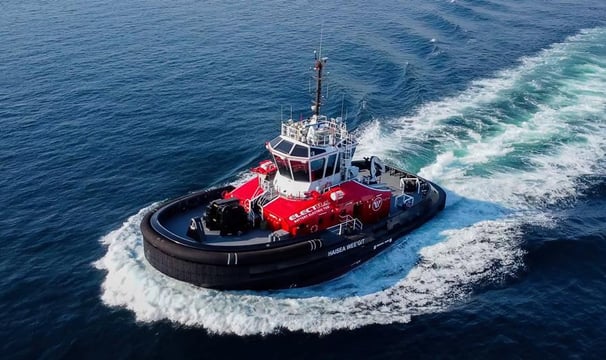

Technical fleet
The category "technical fleet" includes a group of vessels distinguished by an extremely high diversity due to their functional purpose. Design work related to crew or fire boats, tugs, floating cranes, floating docks, dredgers, and other bright representatives of this diverse family must be carried out taking into account the individual characteristics of a particular object.
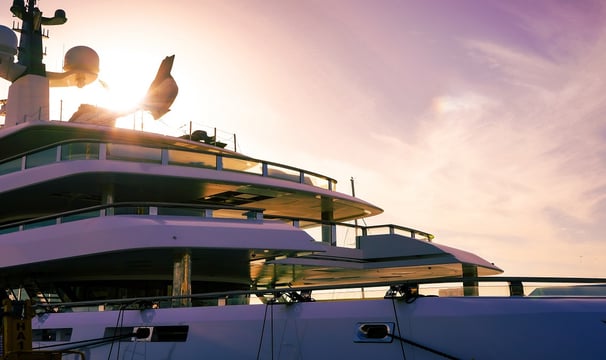

Pleasure craft
The development of design documentation for pleasure craft always requires a special approach. Here it is important to know the design features and operating conditions, the applicable regulatory framework. We are able to work with small vessels of various types and purposes, including: wooden, composite and aluminum alloy hulls; sailing, motor and rowing; displacement and planning; pleasure and commercial. PLAZ has extensive experience in both re-equipment and building such vessels from scratch.
